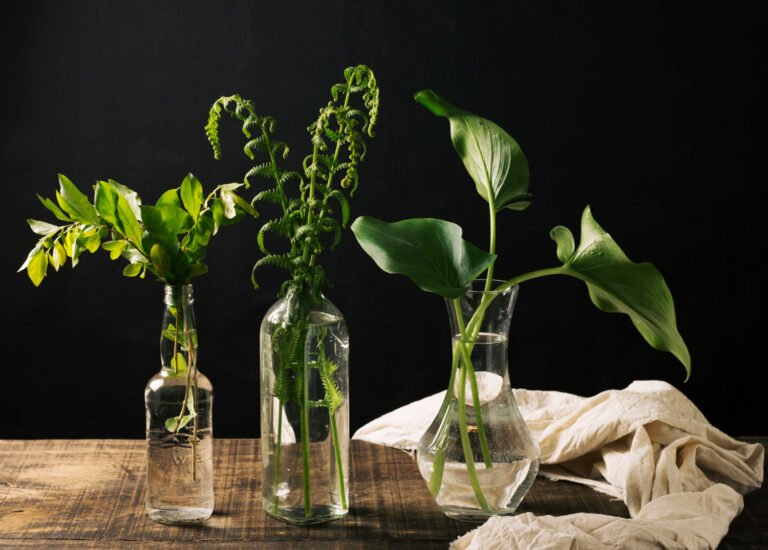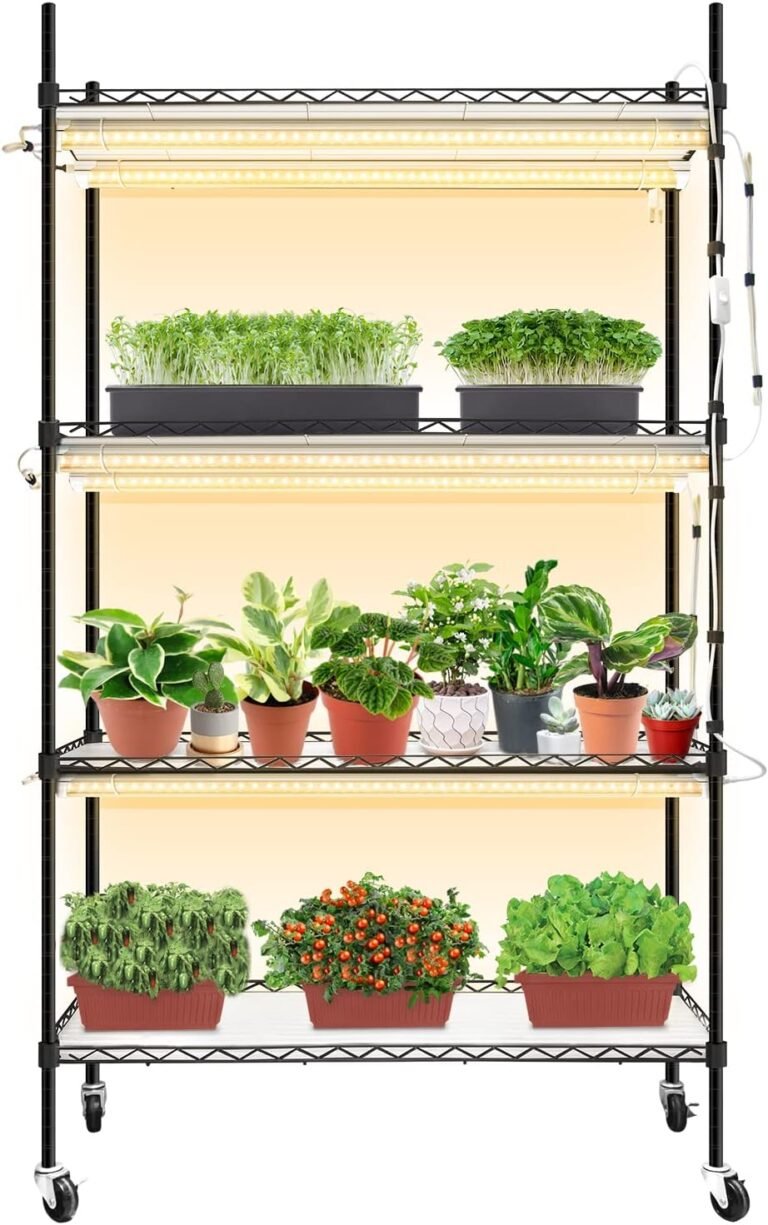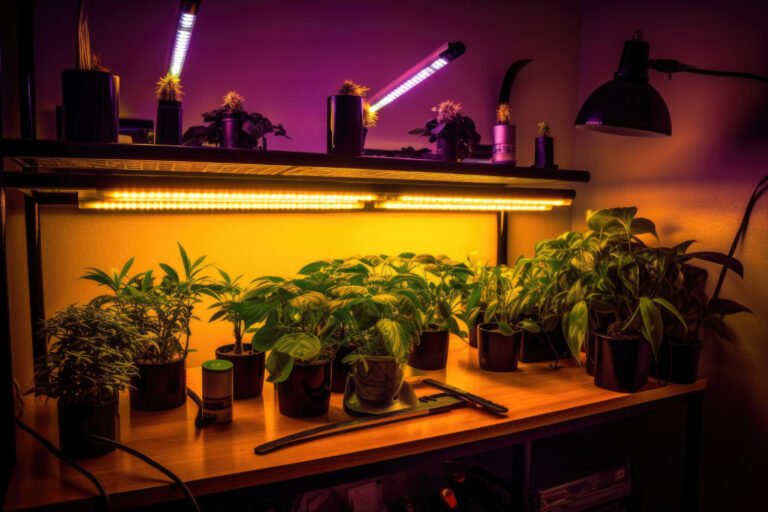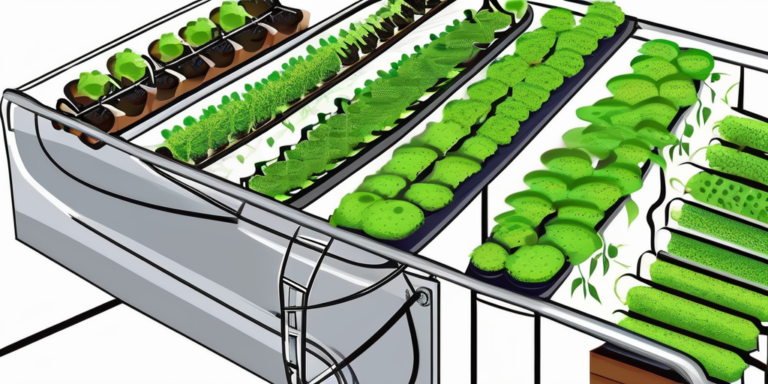Overview
What is hydroponics?
Hydroponics is a soil-less growing method that allows you to grow plants without the use of traditional soil. Instead, plants are grown in a nutrient-rich water solution that provides all the necessary nutrients for their growth. This method is gaining popularity among gardeners and farmers due to its numerous advantages. With hydroponics, you can grow plants in a controlled environment, optimize resource usage, and achieve higher yields compared to traditional soil-based methods. Additionally, hydroponics allows for year-round cultivation and eliminates the risk of soil-borne diseases. It’s a fascinating technique that is revolutionizing the way we grow plants!
Advantages of hydroponics
One of the advantages of hydroponics is that it allows you to grow plants without soil. Instead, you provide the plants with a nutrient-rich solution that is delivered directly to their roots. This method of growing has several benefits. First, it allows for more efficient use of resources, as the plants can absorb nutrients more easily and there is no need for large amounts of water. Second, it eliminates the risk of soil-borne diseases and pests, resulting in healthier plants. Third, hydroponics can be done in small spaces, making it a great option for urban gardening. Finally, it allows for precise control over the growing conditions, including temperature, humidity, and nutrient levels. Overall, hydroponics is a sustainable and innovative way to grow plants.
Types of hydroponic systems
Now that you have a basic understanding of what hydroponics is and its advantages, let’s dive into the different types of hydroponic systems you can choose from. Table 1 provides an overview of the most common types of hydroponic systems, along with their pros and cons. From nutrient film technique (NFT) to deep water culture (DWC), each system offers unique benefits and challenges. Whether you’re a beginner or an experienced grower, there’s a hydroponic system out there that will suit your needs. So, let’s take a closer look at these systems and find the one that’s right for you!
Table 1: Types of Hydroponic Systems
| System | Description | Pros | Cons |
|---|---|---|---|
| NFT | Nutrient solution flows through a narrow channel, providing a thin film of nutrients to the roots. | – Requires less water and nutrients |
- Ideal for growing leafy greens and herbs
- Easy to set up and maintain | – Prone to clogging
- Limited root support
- Challenging for larger plants |
| DWC | Plants are suspended in a nutrient-rich solution with their roots submerged. | – Provides ample oxygen to the roots - Great for growing larger plants
- Simple and low-cost setup | – Requires regular monitoring of nutrient levels
- Risk of oxygen depletion
- Challenging to transplant plants |
| EBB and Flow | Nutrient solution periodically floods the growing tray and then drains back into a reservoir. | – Versatile and suitable for a wide range of plants - Easy to automate
- Provides good aeration to the roots | – Prone to power outages
- Requires careful monitoring of flooding and draining cycles
- Risk of nutrient imbalance |
As you can see, each system has its own set of advantages and disadvantages. Consider factors such as space availability, plant types, and your level of experience when choosing the right hydroponic system for your needs.
Nutrient Solutions

Importance of nutrient solutions
Now that you understand the importance of nutrient solutions, let’s explore another soil-less growing method called aquaponics. Aquaponics is a combination of aquaculture, which is the cultivation of fish, and hydroponics, which is the cultivation of plants in water. In aquaponics, fish waste provides the nutrients for the plants, and the plants filter the water for the fish. It’s a symbiotic relationship that creates a sustainable and efficient growing system. Aquaponics is gaining popularity due to its ability to produce both fish and vegetables in a single system, providing a diverse and nutritious harvest. If you’re interested in exploring alternative soil-less growing methods, aquaponics is definitely worth considering.
Components of a nutrient solution
Now that you understand the importance of nutrient solutions, let’s dive into the components that make up a nutrient solution. A nutrient solution consists of various elements and compounds that provide essential nutrients for plant growth. These include macronutrients such as nitrogen, phosphorus, and potassium, as well as micronutrients like iron, manganese, and zinc. Additionally, a nutrient solution may also contain trace elements and growth regulators to promote healthy plant development. It’s crucial to maintain the right balance of these components to ensure optimal plant nutrition and growth.
Managing nutrient solution pH
To ensure optimal plant growth in hydroponic systems, it is crucial to manage the pH of the nutrient solution. The pH level of the solution directly affects the availability of nutrients to the plants. Maintaining a balanced pH level allows for efficient nutrient uptake and prevents nutrient deficiencies or toxicities. Regularly monitoring the pH level and adjusting it as needed is essential for the health and productivity of your plants. There are several ways to manage the pH of the nutrient solution, including using pH testing kits or meters, adding pH adjusters such as pH up or pH down solutions, and establishing a transparent soil system. By taking these measures, you can ensure that your plants receive the optimal pH conditions for their growth and development.
Growing Mediums

Types of growing mediums
Now that you know the different types of growing mediums, let’s explore the benefits of soil-less growing mediums. Soil-less growing mediums, such as coco coir, perlite, and rockwool, offer several advantages over traditional soil-based methods. First, they provide better control over nutrient delivery, allowing plants to receive the exact amount of nutrients they need. Second, soil-less growing mediums are free from pests, diseases, and weed seeds, reducing the risk of crop damage. Third, they promote faster growth and higher yields due to improved oxygenation and water retention. Finally, soil-less growing mediums are more sustainable and environmentally friendly, requiring less water and fertilizer. By using soil-less growing mediums, you can contribute to a greener world. Robinsons Offices and FarmTop alliance to build a greener world.
Benefits of soil-less growing mediums
Soil-less growing mediums offer several benefits that make them a popular choice in hydroponics. Introduction to Hydroponics is an important aspect to consider when exploring the advantages of soil-less growing. These mediums provide a controlled environment for plants to grow, allowing for precise management of nutrients, water, and oxygen. They also eliminate the risk of soil-borne diseases and pests, resulting in healthier plants. Additionally, soil-less growing mediums promote faster growth and higher yields, making them ideal for commercial farming. With a variety of options available, such as perlite, coco coir, and rockwool, you can choose the medium that best suits your specific needs and plant preferences. Overall, soil-less growing mediums provide an efficient and sustainable method for cultivating plants hydroponically.
Choosing the right growing medium
When it comes to choosing the right growing medium for your hydroponic system, there are several options to consider. Each type of growing medium has its own advantages and disadvantages, so it’s important to understand which one will work best for your specific needs. Some popular choices include perlite, vermiculite, and coconut coir. Perlite is a lightweight material that provides excellent drainage, while vermiculite retains moisture well. Coconut coir is a sustainable option that holds water and nutrients effectively. Consider factors such as water retention, aeration, and pH stability when making your decision. Ultimately, the choice of growing medium will have a significant impact on the success of your hydroponic garden.
Plant Nutrition

Understanding plant nutrient requirements
When it comes to Hydroponic potato production, understanding the nutrient requirements of your plants is crucial. By providing the right balance of nutrients, you can ensure optimal growth and yield. Different plants have different nutrient needs, so it’s important to tailor your nutrient solution accordingly. Some key nutrients that plants require include nitrogen, phosphorus, and potassium. These nutrients play a vital role in plant development, from promoting root growth to enhancing fruit production. Monitoring and adjusting nutrient levels is essential to prevent nutrient deficiencies or toxicities. By understanding your plant’s nutrient requirements, you can create a healthy and thriving hydroponic garden.
Nutrient deficiencies and how to address them
To ensure optimal plant growth, it is important to address nutrient deficiencies in your hydroponic system. Nutrient deficiencies can occur when the plants do not receive enough of a particular nutrient. This can lead to stunted growth, yellowing leaves, and poor overall plant health. To address nutrient deficiencies, you can take the following steps:
- Identify the deficiency: Look for specific symptoms in your plants to determine which nutrient is lacking.
- Adjust nutrient solution: Increase the concentration of the deficient nutrient in your nutrient solution.
- Monitor pH levels: Ensure that the pH of your nutrient solution is within the appropriate range for optimal nutrient uptake.
- Consider supplementing: If the deficiency persists, consider adding a nutrient supplement to your system.
By addressing nutrient deficiencies promptly, you can promote healthy plant growth and maximize the productivity of your hydroponic garden.
Balancing nutrient ratios for optimal plant growth
To achieve optimal plant growth in hydroponics, it is crucial to balance the nutrient ratios in the nutrient solution. Nutrient deficiencies can have a detrimental effect on plant health and productivity. One important factor to consider is the effect of water stress on nutrient uptake. When plants experience water stress, their ability to absorb nutrients is compromised, leading to imbalances in the nutrient ratios. It is essential to monitor and adjust the nutrient solution to ensure that plants receive the right amount of nutrients, especially during periods of water stress. By maintaining balanced nutrient ratios, you can promote healthy plant growth and maximize yields.
Plant nutrition is a crucial aspect of successful gardening. Providing the right nutrients to your plants ensures their healthy growth and development. At Home – Grow Plant Ponics, we understand the importance of plant nutrition and offer a wide range of products and resources to help you achieve optimal results. Whether you’re a beginner or an experienced gardener, our website provides valuable information on plant nutrition, including tips on choosing the right fertilizers, understanding soil composition, and implementing effective watering techniques. Visit our website today to explore our comprehensive collection of plant nutrition products and take your gardening skills to the next level.







